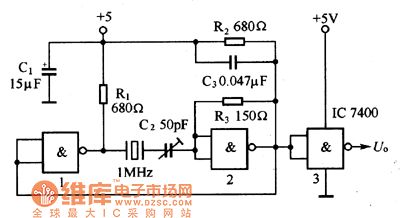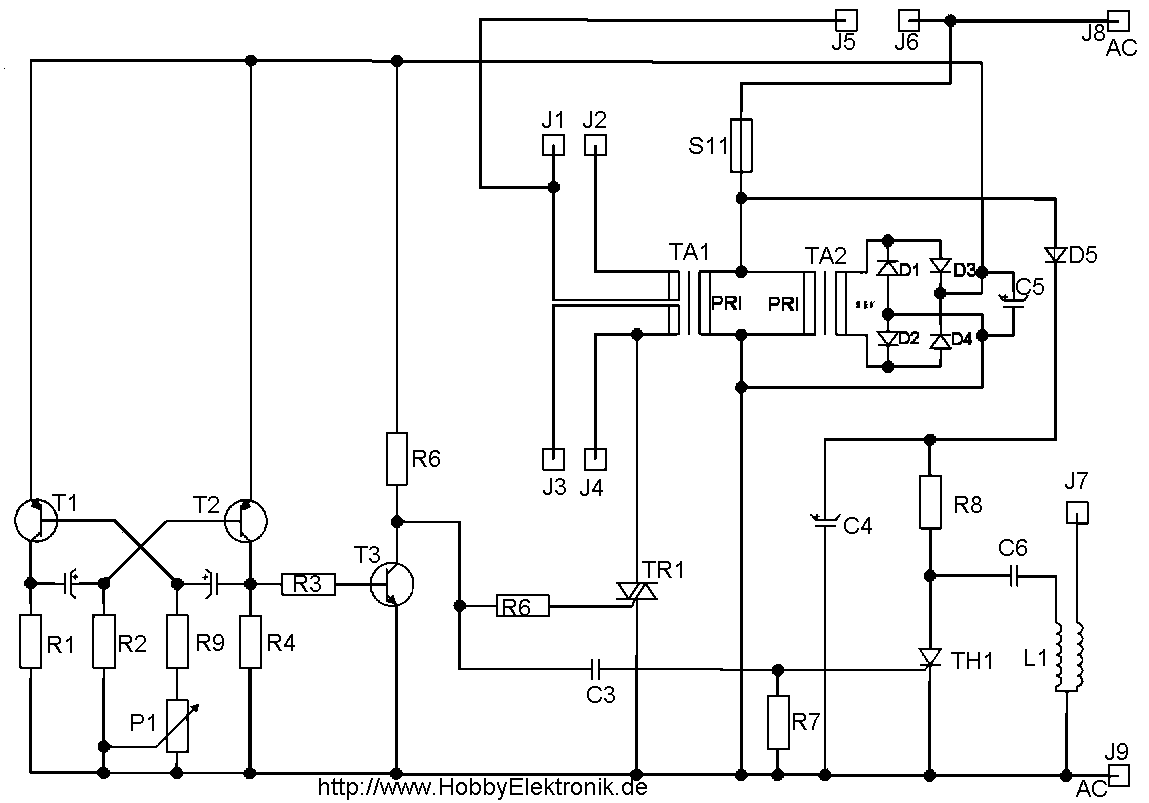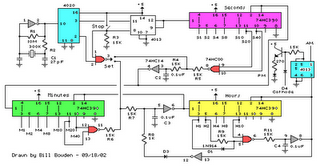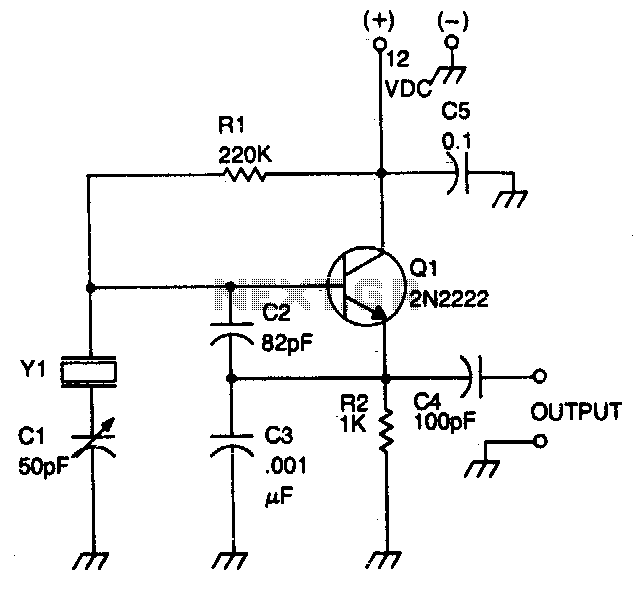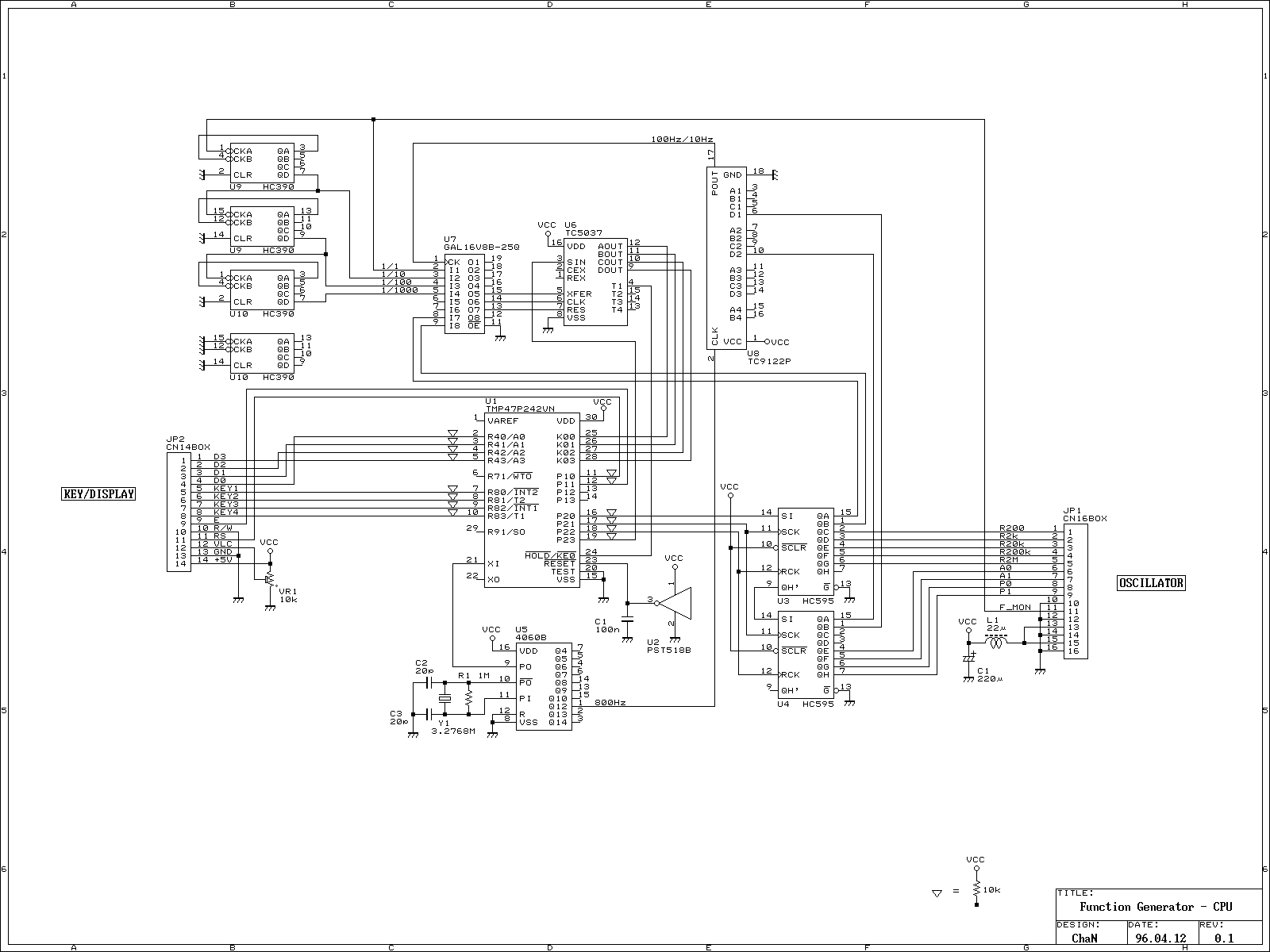
Clock Oscillator BasicCircuit from Sirius microSystem
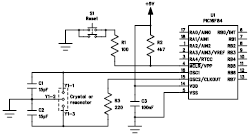
The following file contains detailed information about the design of a basic clock oscillator circuit diagram. Included in this file is information about selecting the components.
The clock oscillator circuit is a fundamental component in various electronic systems, providing a stable clock signal for timing applications. The design typically includes a few essential components: an oscillator, a capacitor, and a resistor. The oscillator can be a transistor-based configuration or an integrated circuit (IC) like the 555 timer.
In designing the circuit, the selection of the oscillator type is crucial. For low-frequency applications, a simple RC (resistor-capacitor) oscillator may suffice, while higher frequencies might require more sophisticated arrangements, such as a crystal oscillator, which offers enhanced stability and precision.
The capacitor in the circuit plays a significant role in determining the frequency of oscillation. The value of the capacitor, in conjunction with the resistor, sets the time constant, which directly influences the oscillation frequency. The relationship can be expressed using the formula f = 1/(2πRC), where f is the frequency, R is the resistance, and C is the capacitance.
Additionally, the power supply voltage must be carefully considered to ensure that all components operate within their specified limits. Proper decoupling capacitors may also be added to filter out noise and ensure stable operation.
The output of the clock oscillator can be used to drive other digital circuits, such as flip-flops, counters, or microcontrollers, providing them with a reliable timing source. The design should also include provisions for adjusting the output frequency, which can be achieved through variable resistors or capacitors, depending on the application requirements.
Overall, the clock oscillator circuit is essential for synchronizing operations in digital electronics, and careful attention to component selection and circuit design will ensure optimal performance.The following file contains detail info about design of Clock Oscillator Basic Circuit Diagram. Included in this file information about: selecting the.. 🔗 External reference
The clock oscillator circuit is a fundamental component in various electronic systems, providing a stable clock signal for timing applications. The design typically includes a few essential components: an oscillator, a capacitor, and a resistor. The oscillator can be a transistor-based configuration or an integrated circuit (IC) like the 555 timer.
In designing the circuit, the selection of the oscillator type is crucial. For low-frequency applications, a simple RC (resistor-capacitor) oscillator may suffice, while higher frequencies might require more sophisticated arrangements, such as a crystal oscillator, which offers enhanced stability and precision.
The capacitor in the circuit plays a significant role in determining the frequency of oscillation. The value of the capacitor, in conjunction with the resistor, sets the time constant, which directly influences the oscillation frequency. The relationship can be expressed using the formula f = 1/(2πRC), where f is the frequency, R is the resistance, and C is the capacitance.
Additionally, the power supply voltage must be carefully considered to ensure that all components operate within their specified limits. Proper decoupling capacitors may also be added to filter out noise and ensure stable operation.
The output of the clock oscillator can be used to drive other digital circuits, such as flip-flops, counters, or microcontrollers, providing them with a reliable timing source. The design should also include provisions for adjusting the output frequency, which can be achieved through variable resistors or capacitors, depending on the application requirements.
Overall, the clock oscillator circuit is essential for synchronizing operations in digital electronics, and careful attention to component selection and circuit design will ensure optimal performance.The following file contains detail info about design of Clock Oscillator Basic Circuit Diagram. Included in this file information about: selecting the.. 🔗 External reference
Warning: include(partials/cookie-banner.php): Failed to open stream: Permission denied in /var/www/html/nextgr/view-circuit.php on line 713
Warning: include(): Failed opening 'partials/cookie-banner.php' for inclusion (include_path='.:/usr/share/php') in /var/www/html/nextgr/view-circuit.php on line 713
